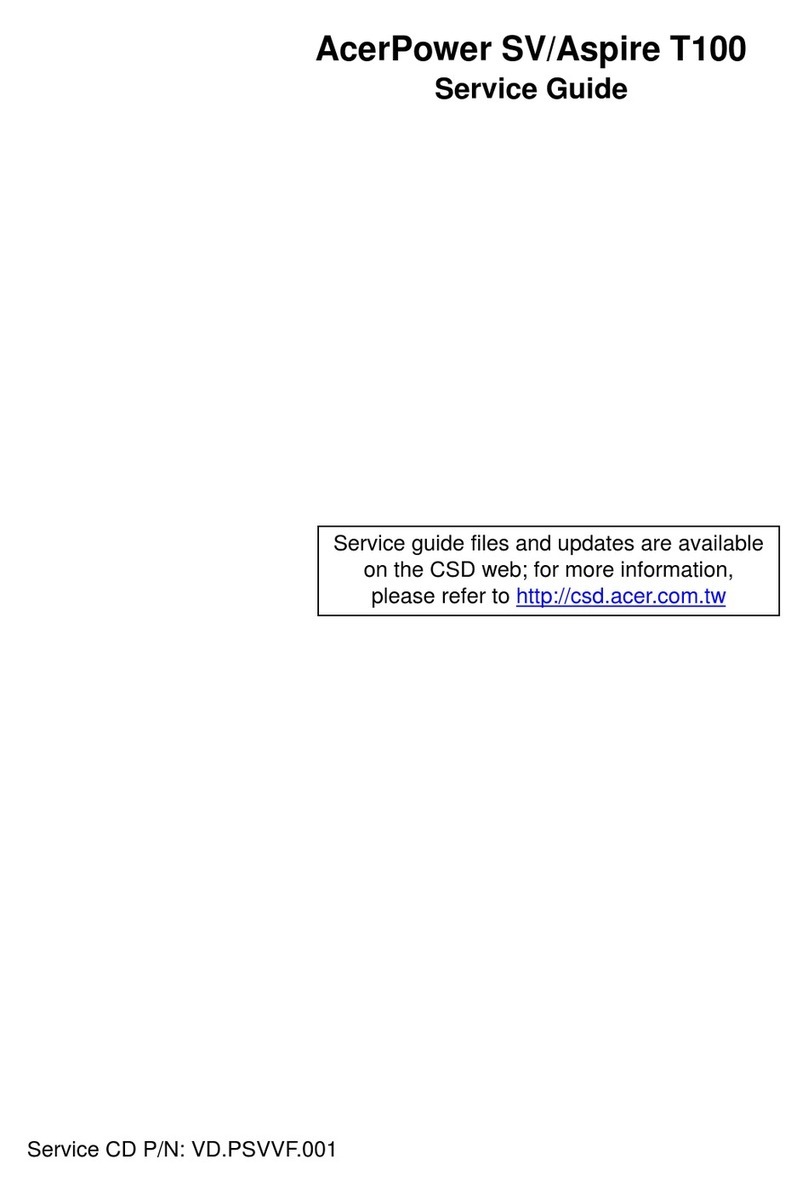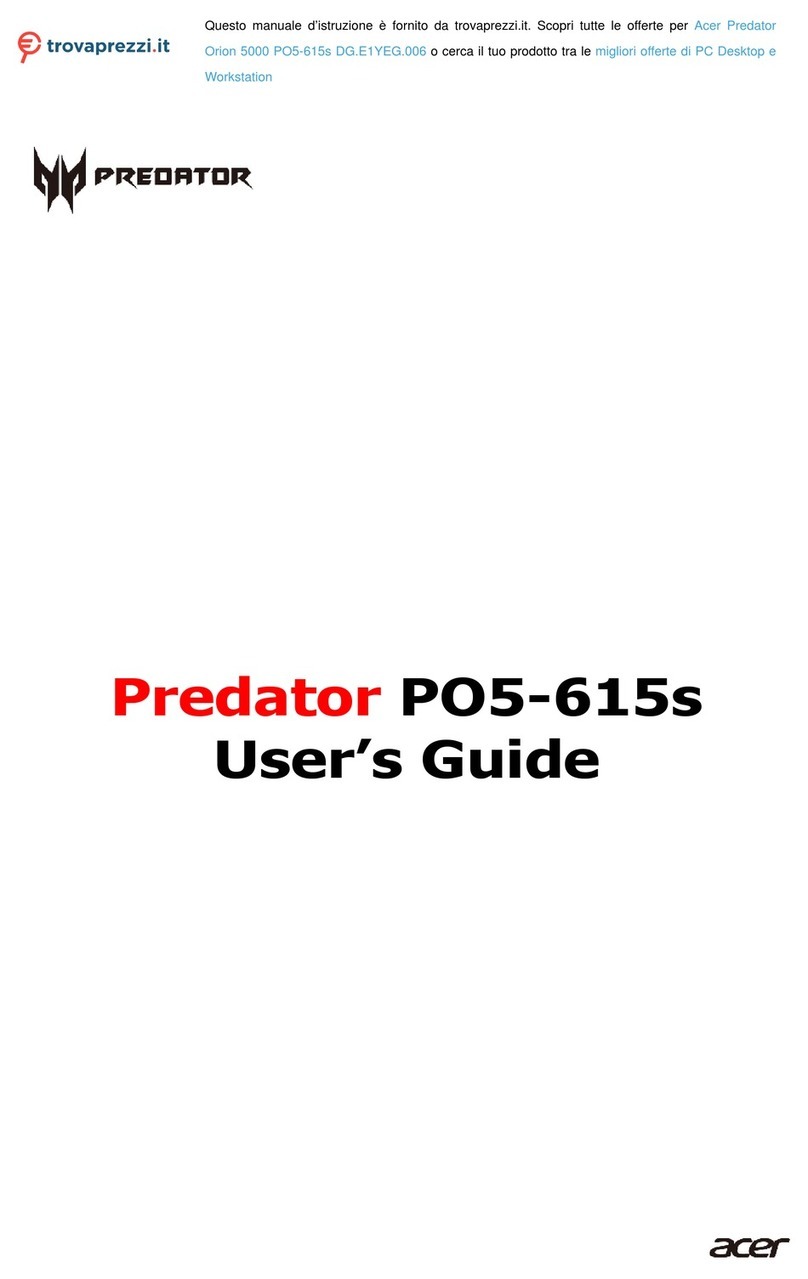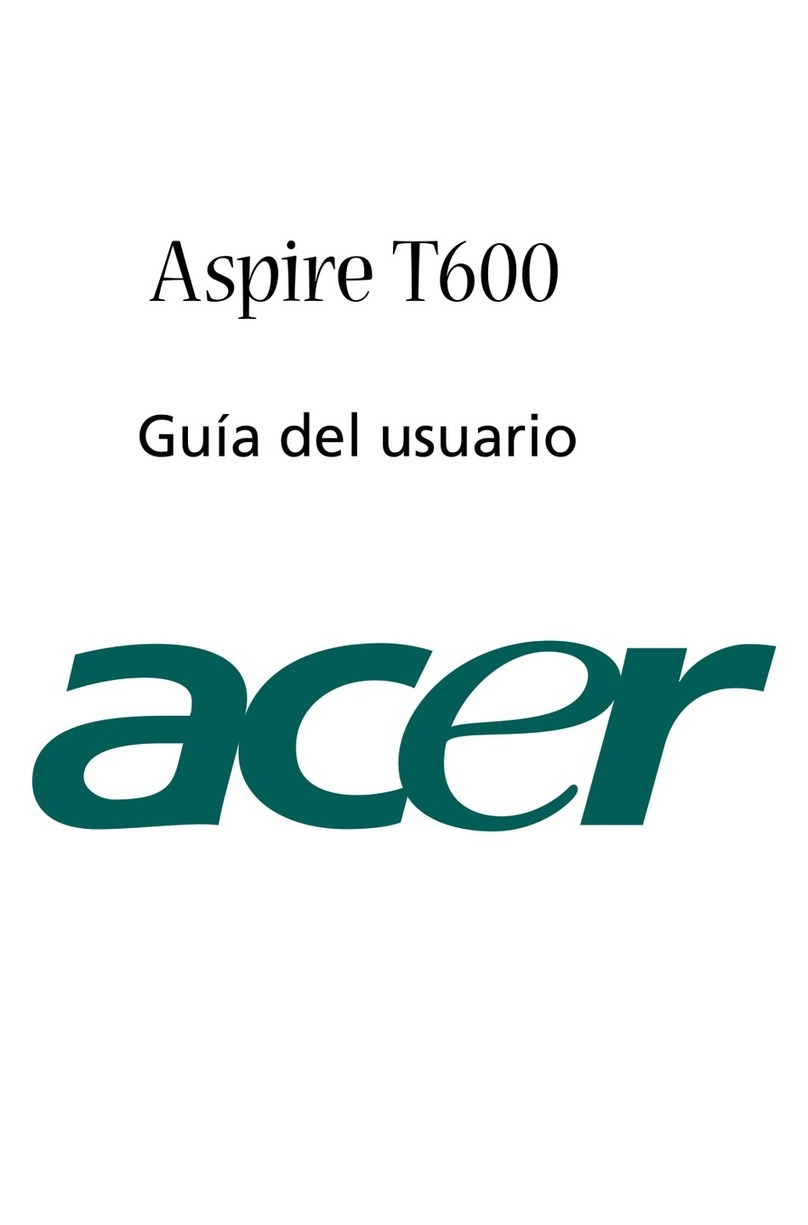Acer Aspire M3420 User manual
Other Acer Desktop manuals
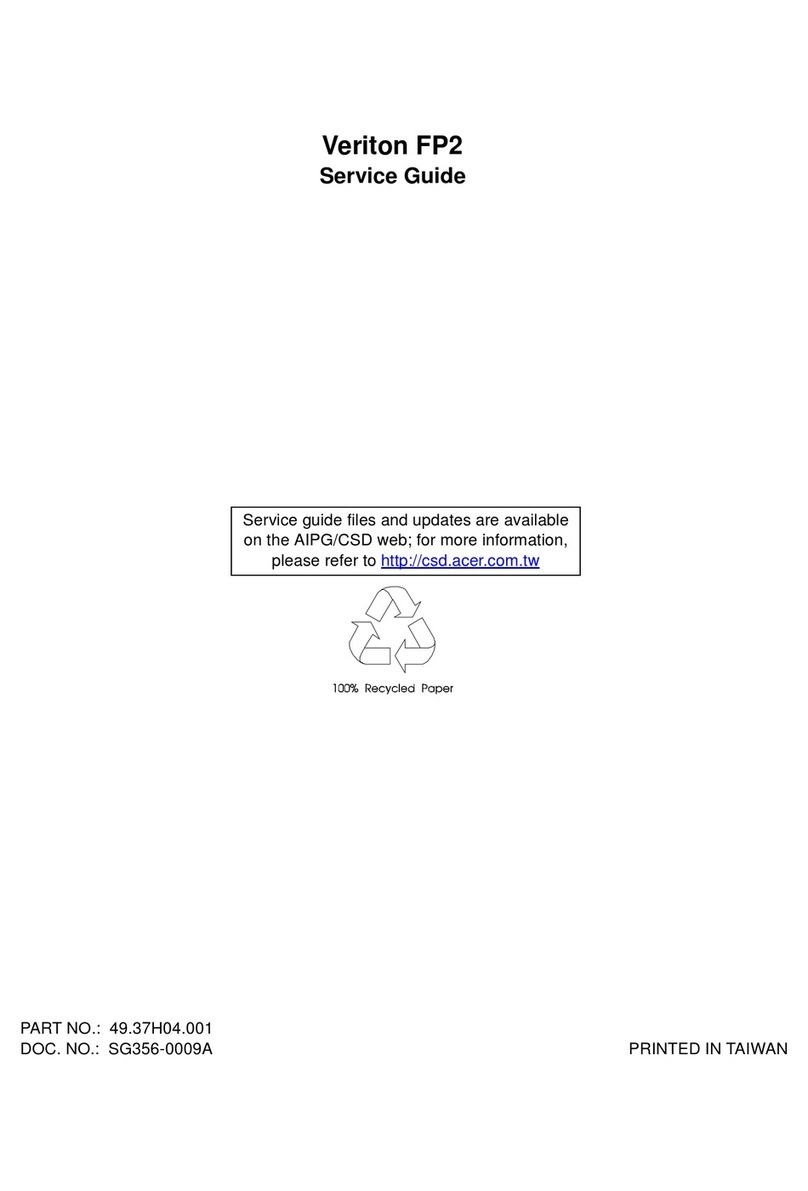
Acer
Acer Veriton FP2 User manual

Acer
Acer Aspire ELD User manual
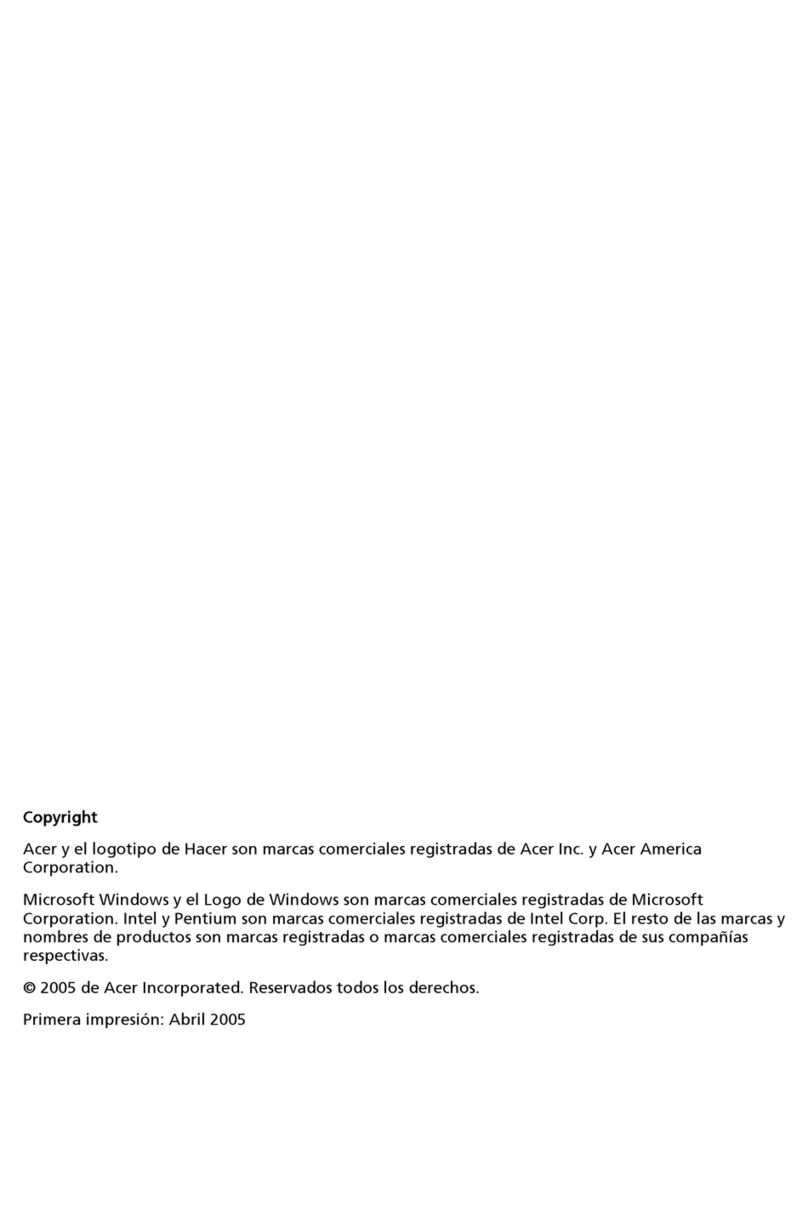
Acer
Acer Aspire E360 User manual
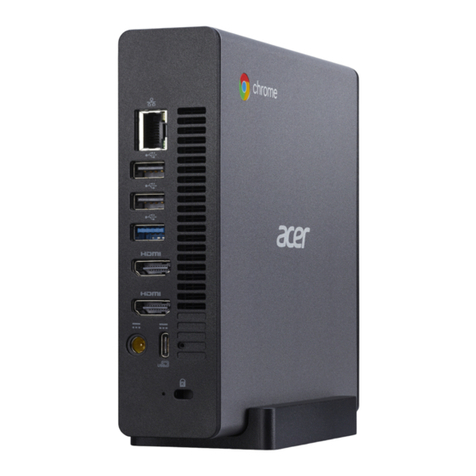
Acer
Acer CHROMEBOX CXI4 User manual
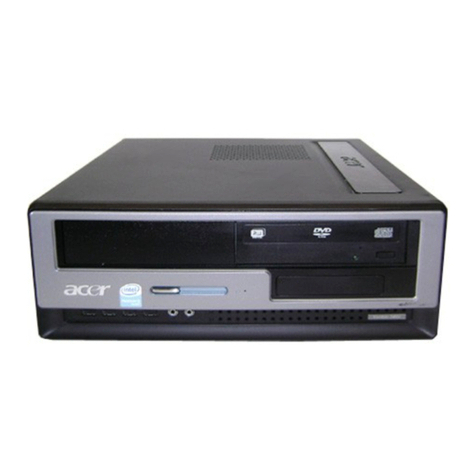
Acer
Acer Veriton 5800 User manual
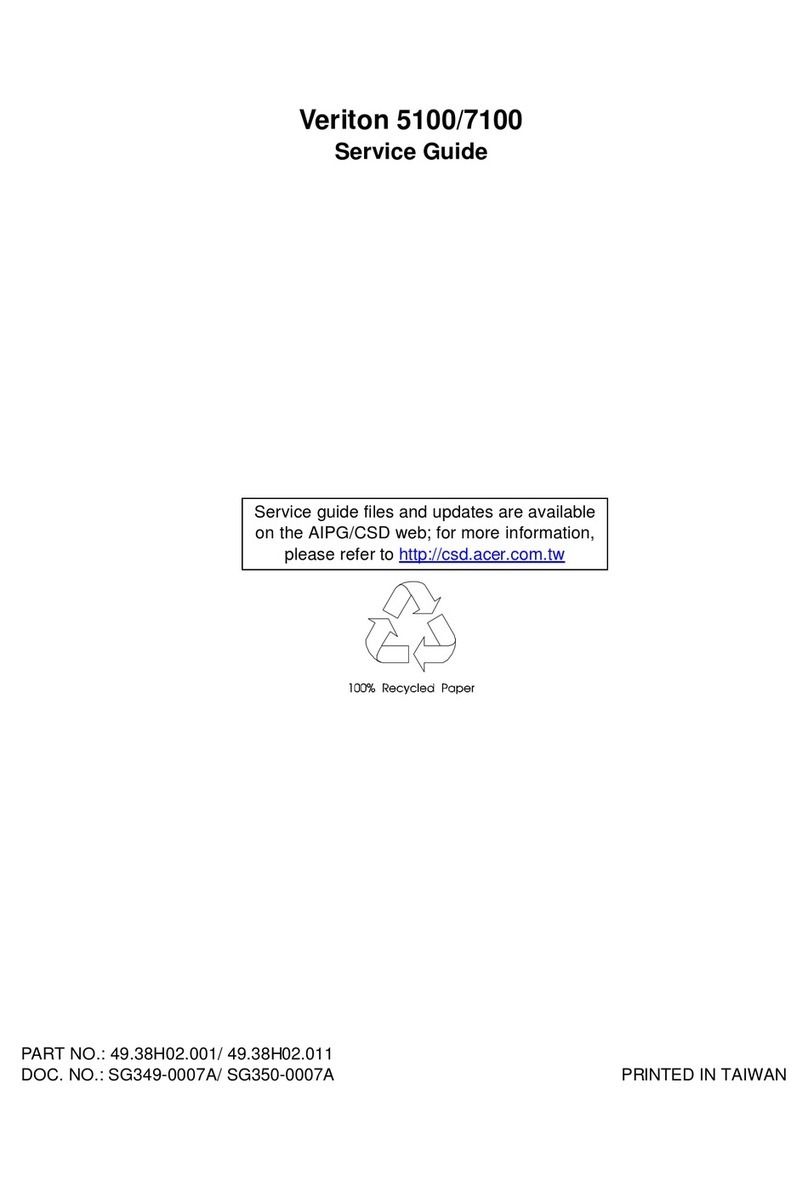
Acer
Acer Veriton 5100 User manual
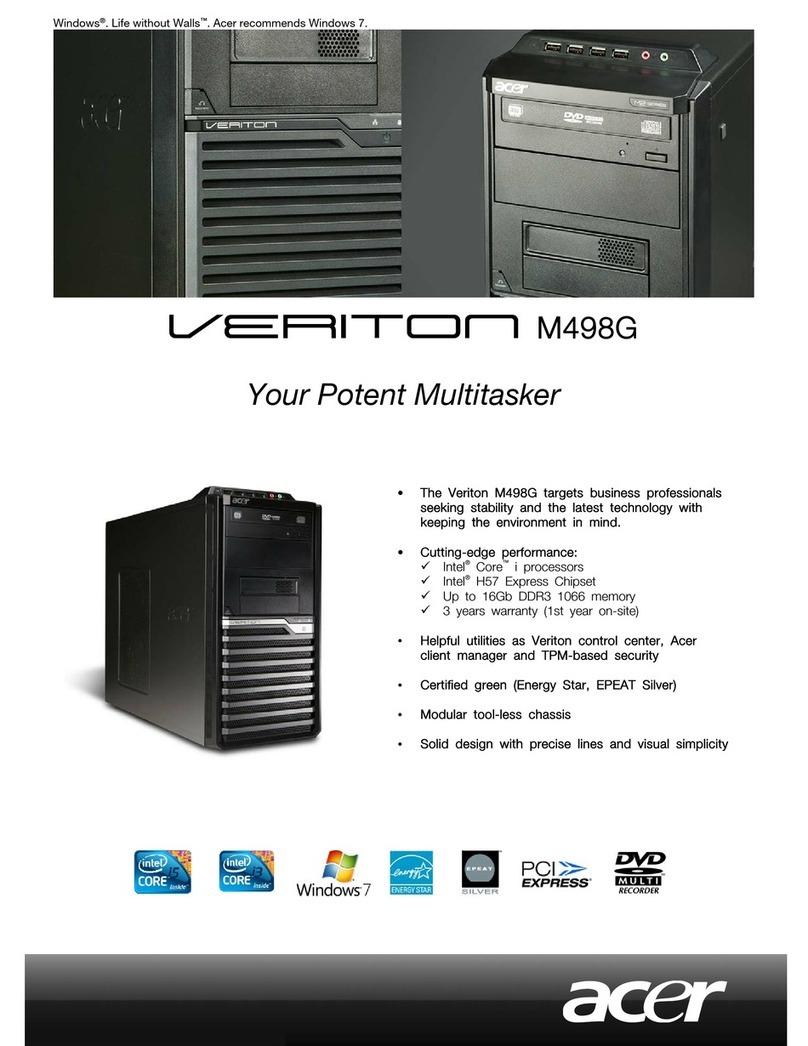
Acer
Acer Veriton M498G User manual

Acer
Acer Aspire 6100 User manual

Acer
Acer AcerPower ST User manual

Acer
Acer AcerPower 6200 Installation instructions

Acer
Acer Veriton Z280G Quick start guide

Acer
Acer Power FV Configuration guide

Acer
Acer Aspire 6600 User manual
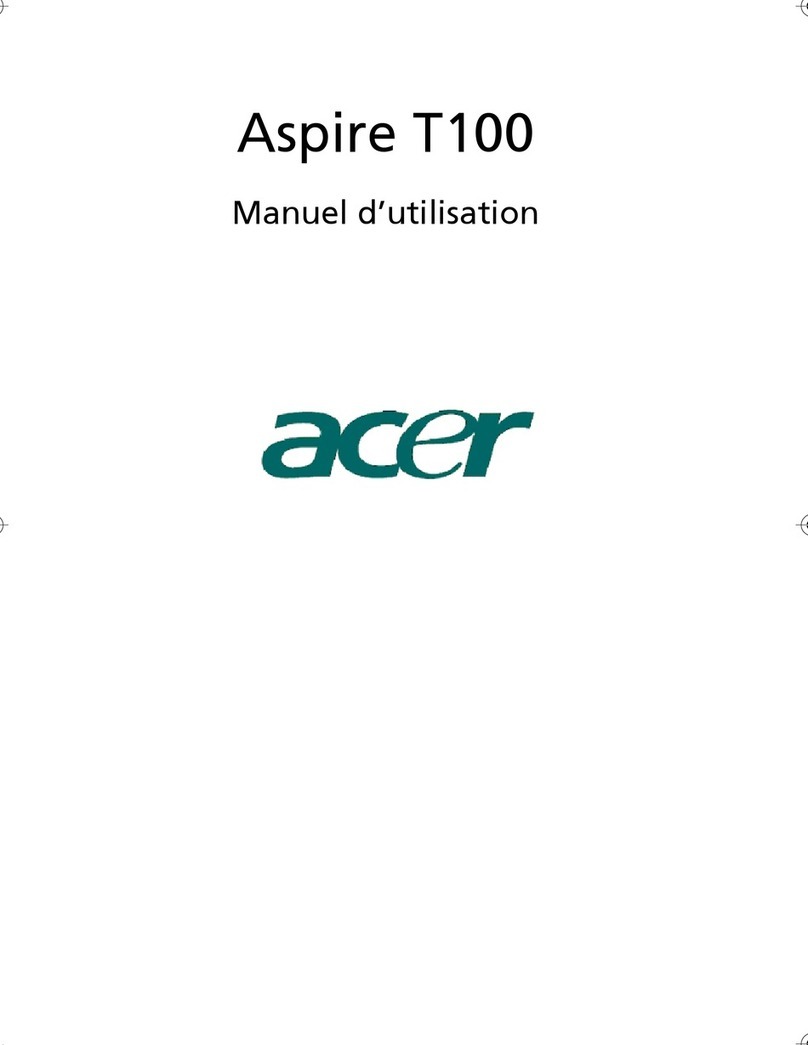
Acer
Acer Power SV Configuration guide
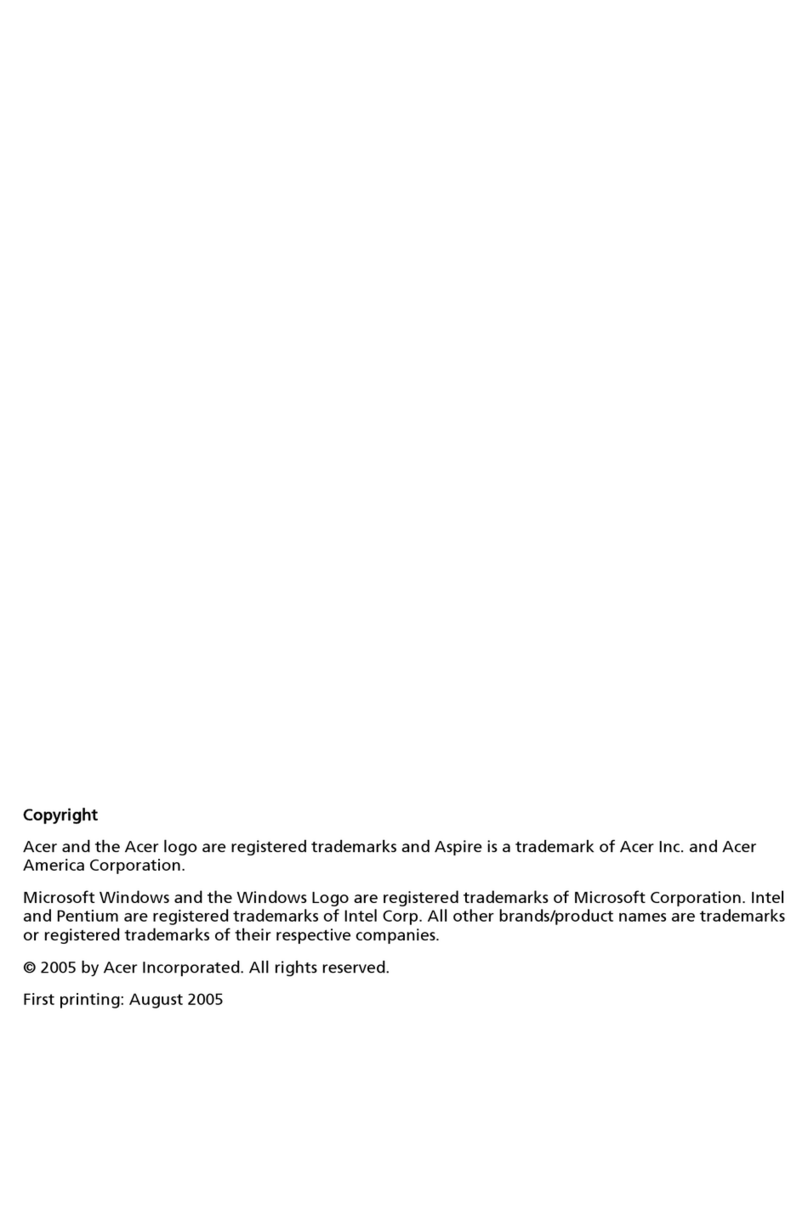
Acer
Acer Aspire Z800 User manual
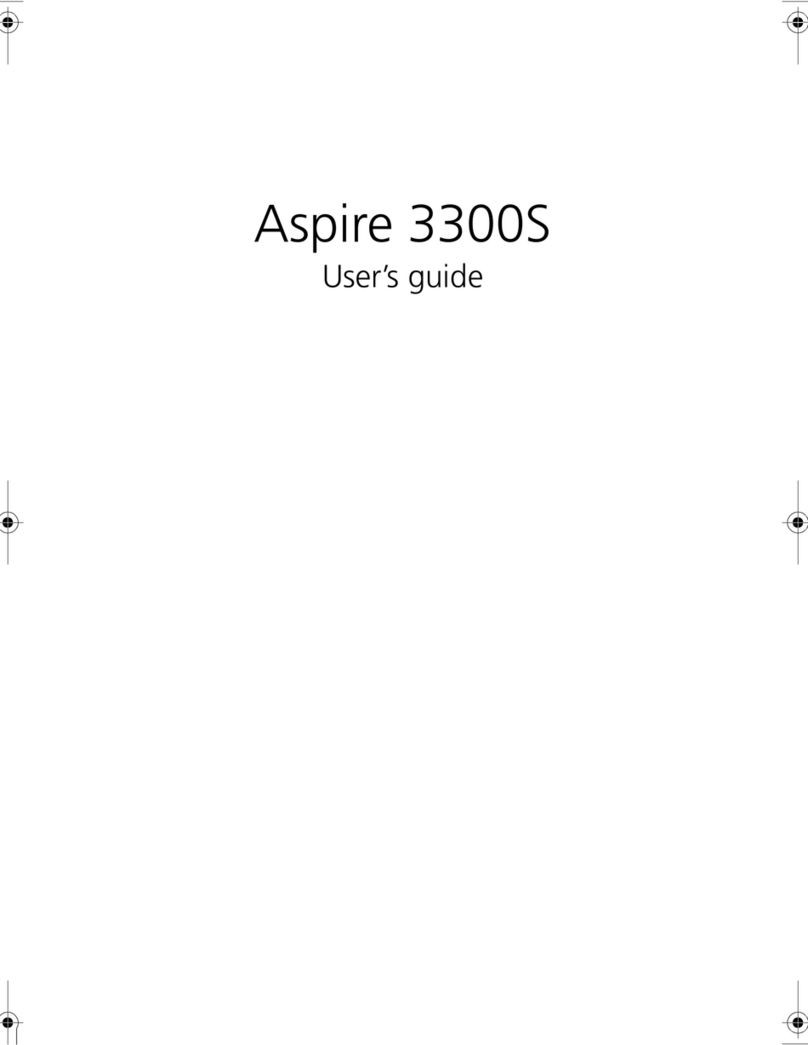
Acer
Acer Aspire 3300S User manual
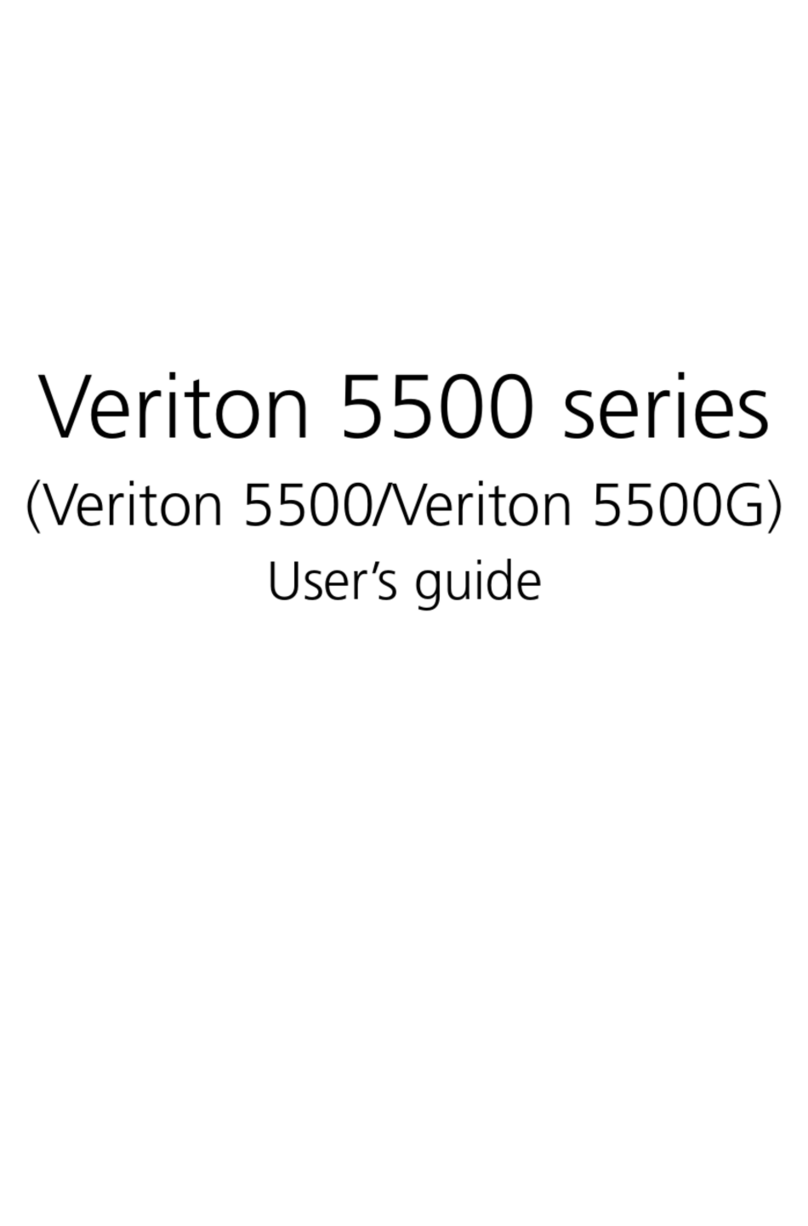
Acer
Acer Veriton 5500 User manual

Acer
Acer Aspire Notebook Series User manual

Acer
Acer AX1400 User manual
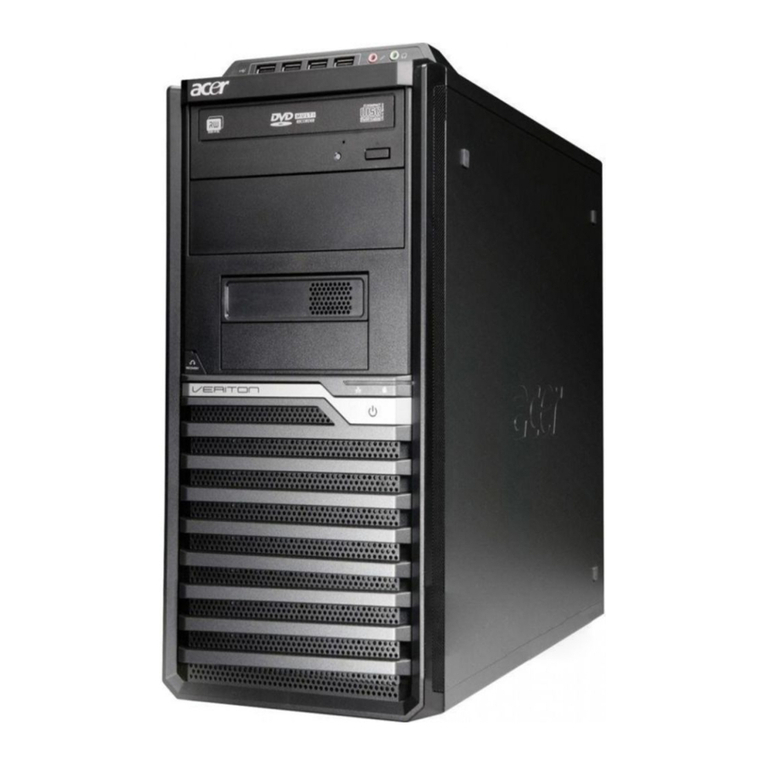
Acer
Acer Veriton M430 User manual
